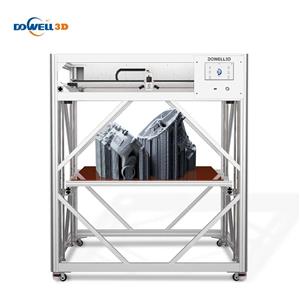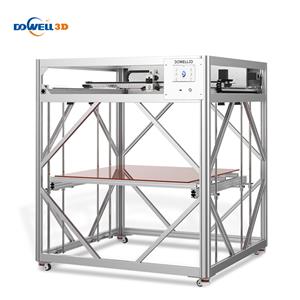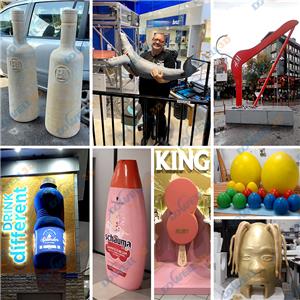Large filament FDM 3D printed prosthesis production line promotes the development of barrier-free prosthetics
In the design process of the 3D big printing team, the unaffected hand of the amputee will be scanned, cut using CAD software, and then directly converted into a printable STL file. Then, by clicking a single button, the generated parts can be easily assembled into realistic limbs with advanced object holding functions, thereby providing patients with a higher quality of life.
The technician’s production line basically consists of four steps: scanning, modeling, large FDM 3D printing and assembly. In the initial design stage, the appearance of the prosthesis can be adjusted to suit the user's preferences, and the patient can choose between physically powered hands and more advanced EMG-controlled devices.
After the restoration is completed, it will be automatically converted into an STL file and sent for printing. Although the scientists’ workflow still requires manual assembly of the final parts, they have found that the previous steps can be optimized to shorten the process, making the construction simple, fast, and user-friendly.





